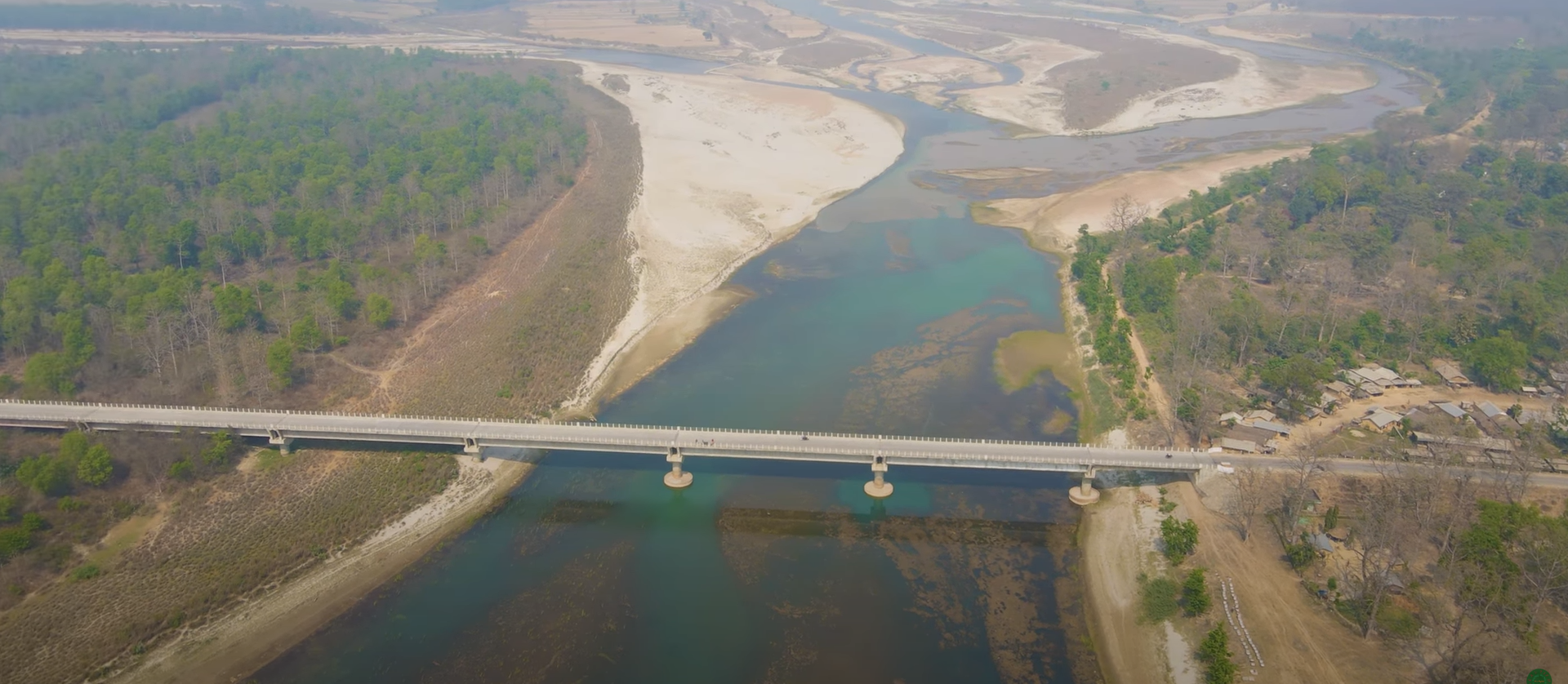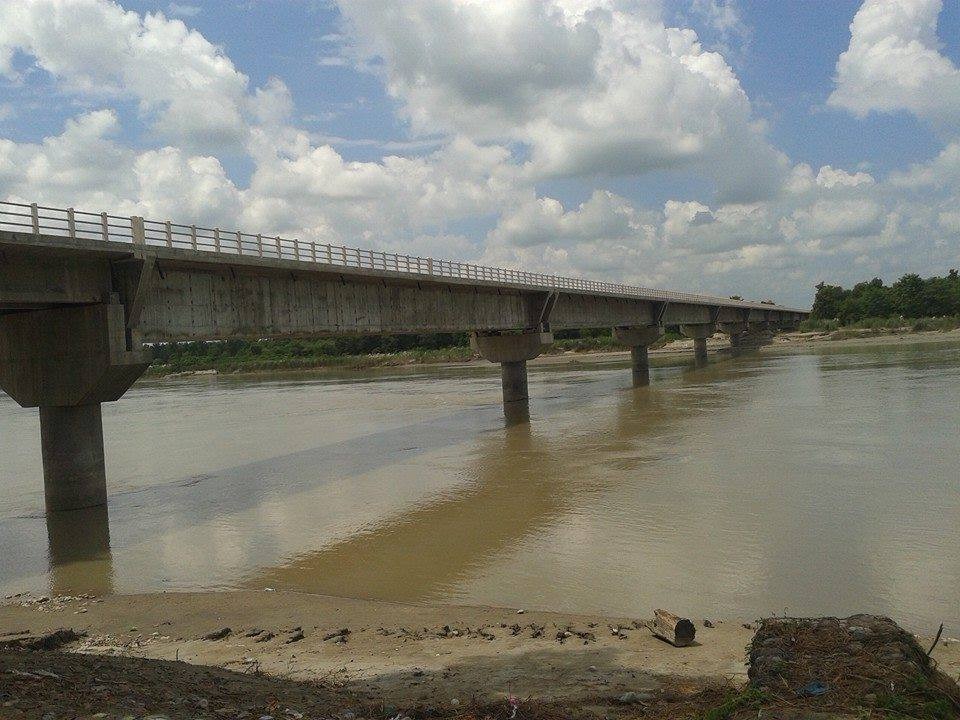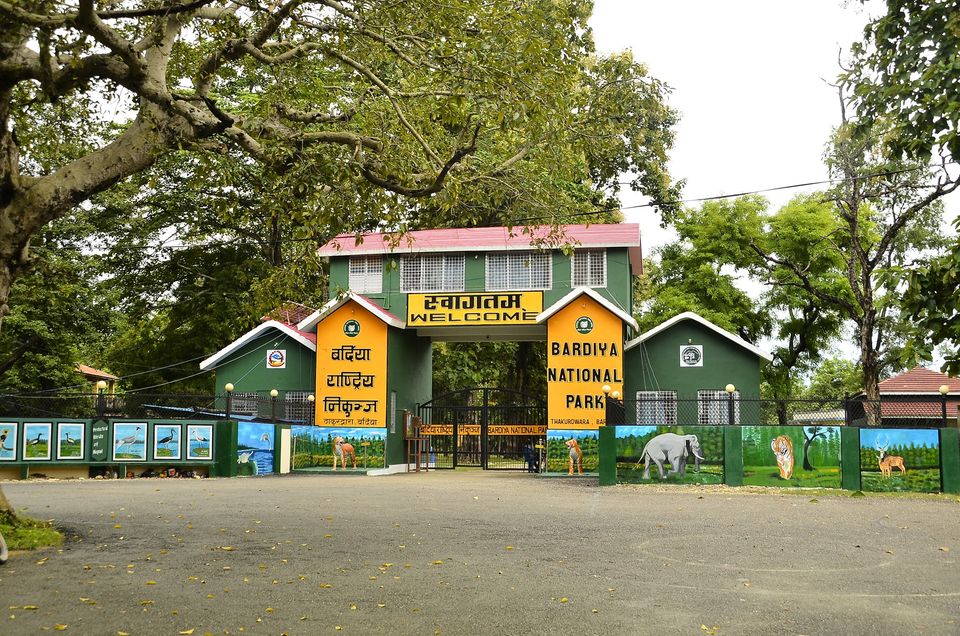Kothiyaghat Bridge, completed in the year 2072 of the Nepali calendar, is a landmark of engineering and infrastructure development in Nepal. This bridge, stretching a remarkable 1,025 meters (3,362 feet), is considered the longest bridge of Nepal. Its construction was a significant undertaking, designed to enhance connectivity in the western region of Nepal, particularly as part of the east-west postal highway, which is a vital transportation corridor in the nation.
Construction of the Kothiyaghat Bridge
The bridge's design is a testament to modern engineering practices, incorporating robust materials and techniques that ensure its durability and safety. It was built to handle heavy traffic, both vehicular and pedestrian, which is essential given its role in the postal highway network. The bridge not only facilitates transportation but also supports local economies by enabling smoother and faster movement of goods and services across the region.
The construction of the Kothiyaghat Bridge was a response to the growing need for reliable infrastructure that could withstand the test of time and natural challenges such as flooding.
Before the bridge was built, the areas it now connects were frequently cut off during the monsoon season, as rivers would flood and become impassable. The bridge now provides a year-round, reliable connection that has transformed the daily lives of the residents in Rajapur Municipality and the surrounding areas.

Geographical and Environmental Considerations
Kothiyaghat Bridge is strategically located in Rajapur Municipality, Bardiya District, which lies in the Terai region of Nepal. This area is known for its rich biodiversity and proximity to Bardiya National Park, one of Nepal’s most important conservation areas. The park is home to a variety of wildlife, including Bengal tigers, rhinos, and elephants, making it a critical habitat for these species. The bridge’s proximity to this national park adds an environmental dimension to its significance, as it required careful planning to ensure that the construction and ongoing use of the bridge would not negatively impact the surrounding ecosystem.
During the planning and construction phases, significant attention was given to minimizing the environmental footprint of the bridge. Efforts were made to avoid disrupting the natural flow of the river and to protect the wildlife habitats in the nearby national park. The bridge’s design also includes features that help mitigate the impact of vehicular traffic on the environment, such as runoff management systems that prevent pollutants from entering the river.
Moreover, the bridge has played a role in promoting sustainable development in the region. By improving access to the national park, it has supported eco-tourism, which is a crucial component of the local economy. Visitors to Bardiya National Park can now travel more easily, contributing to the park's conservation efforts through tourism revenues. The bridge also facilitates the movement of agricultural products from the fertile Terai plains to markets across Nepal, enhancing food security and economic stability in the region.
Impact on Local Communities
The Kothiyaghat Bridge has had a profound impact on the local communities it serves. For residents of Rajapur Municipality and surrounding areas, the bridge has not only improved access to essential services such as healthcare and education but has also opened up new economic opportunities. Farmers can now transport their produce to markets more efficiently, and businesses have benefited from the improved logistics network.
Looking ahead, the Kothiyaghat Bridge is expected to continue playing a pivotal role in the development of western Nepal. As the region grows, the bridge will support increased economic activity and contribute to the overall development of the area. The bridge is also a symbol of the potential for infrastructure development to drive progress and improve the quality of life for people across Nepal.
In conclusion, the Kothiyaghat Bridge is more than just a physical structure; it is a lifeline for the communities it connects, a boon for the local economy, and a model of environmentally conscious development. Its construction marks a significant achievement in Nepal’s infrastructure history and sets a precedent for future projects that seek to balance development with environmental stewardship.





